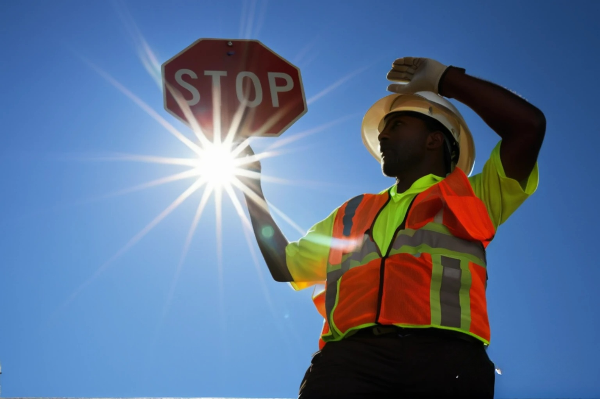Iran’s Plan to Strike Back Against the U.S.
Iran’s Military Preparations Following U.S. Attacks
Loading...

Temperatures in parts of the Pacific Northwest, the mid-Atlantic, and the Northeast could soar past 100°F.
More than 130 million people in the United States are currently threatened by an extended heatwave that has already shattered records with dangerously high temperatures, according to forecasters. The scorching heat is expected to stretch from coast to coast, impacting both the East and West Coasts.**
Jacob Asherman, a meteorologist with the National Weather Service (NWS), noted that temperatures could spike above 100°F (about 38°C) in regions including the Pacific Northwest, the Mid-Atlantic, and the Northeast. In the Pacific Northwest, cities like Eugene, Portland, and Salem in Oregon could set new temperature records. Nationwide, dozens of records might be broken, prompting millions to seek refuge in cooling centers from Bullhead City, Arizona, to Norfolk, Virginia.
The National Weather Service (NWS) has extended the excessive heat warning for much of the Southwest into Friday, anticipating a rise in temperatures this week. The West could see temperatures soaring 15°F to 30°F (8°C to 16°C) above average, while the Eastern U.S. may also face more intense heat. Baltimore and other parts of Maryland are under an excessive heat warning, with heat index values potentially reaching 110°F (43°C).
The NWS advisory for Baltimore urges residents to "drink plenty of fluids, stay in air-conditioned rooms, avoid the sun, and check on relatives and neighbors." It also warns that "young children and pets should never be left unattended in vehicles under any circumstances."
In California, the Thompson Fire in Butte County, about 65 miles (105 km) north of Sacramento, has burned nearly 1,554 hectares (3,840 acres) of scrub and bush since it began on Tuesday. Further south, the French Fire, threatening Mariposa near Yosemite National Park, has spread over 323 hectares (800 acres) and was 5 percent contained as calmer winds on Friday allowed firefighters to make some progress.
Meanwhile, southern Texas faces a different challenge early next week as the remnants of Hurricane Beryl are expected to bring heavy rains to the region.
The Midwest has been enduring extreme heat since June, with temperatures exceeding 100°F (37.8°C). Experts attribute this prolonged heatwave to high humidity levels and the presence of heat domes in the atmosphere.
Iran’s Military Preparations Following U.S. Attacks
Troops remain in five strategic locations, raising fears of renewed tensions and long-term occupation.
Opposition forces have taken control of the capital after a significant offensive. Here is how it unravelled.
